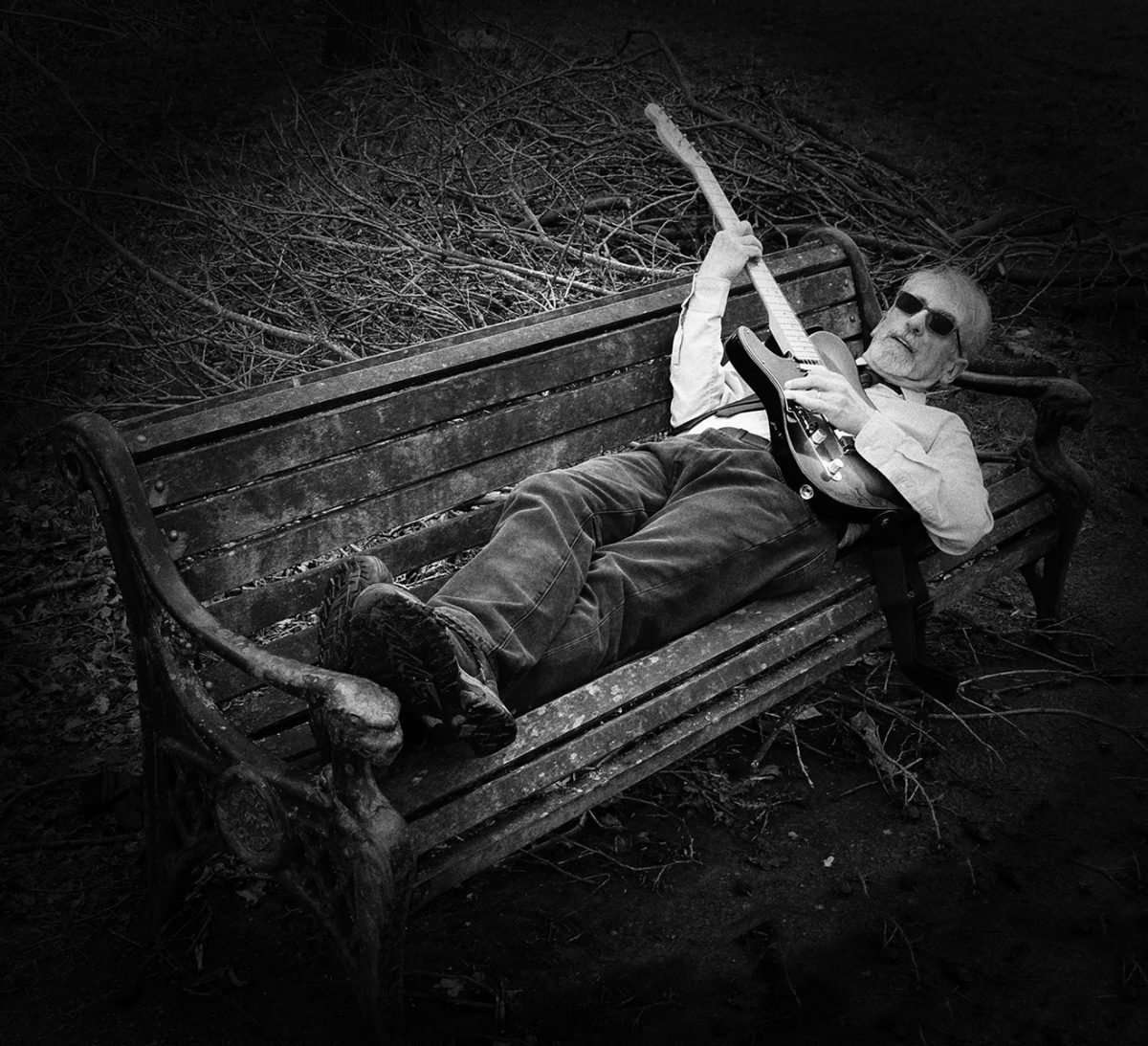This is the Michael S. Carpenter website, featuring links to his original music with news and information about his recording activity, albums & more.
For those not familiar with him, Michael writes and records his own music, much of which is available online (see links at the bottom of the page). He is primarily a bassist, but also plays guitar, keyboards, mandolin, uke and can score & arrange orchestral parts when required. He’s been recording across various platforms & devices since the 1980s, and has had some technical training in professional studios.
A brief history
Mike got his first guitar at the age of fourteen (which he still owns to this very day). Two years later he acquired his first bass, which became his primary instrument. A few years later he joined the first of a succession of bands and began to perform live, mainly at small gatherings, house parties, etc.
He started writing lyrics before he could even play an instrument, and once he got a guitar, he began putting music to the words. His first attempts at songwriting were not great, as he will be the first to admit. But over time, he began to develop his own style, greatly influenced by his musical heroes, the Beatles.
After graduating high school, Michael spent a year as a music major at a local community college, where he learned the basics of theory and orchestration. But he left to become a working musician, gigging wherever he could. Some years later he attended a six-week course in recording at Full Sail Productions, which afforded him hands-on instruction in several top-end studios in the area. After that he looked for work in the recording industry, but was unable to secure a position. Eventually he returned to playing live, while continuing to write songs.
Recording in earnest
Mike’s first serious recording platform was a TEAC 144 Portastudio, a revolutionary recorder for its time. Using ordinary cassettes instead of reel-to-reel, it was a true four-channel multitrack. Artists such as Pete Townsend and Bruce Springsteen used this same model to record demos (or in Springsteen’s case, his Nebraska album). Mike used his 144 for many years.
Eventually he moved from the United States to the United Kingdom, and needed a new recorder. He settled on the TASCAM Pocketstudo 5, another great step forward for home recording. The PS5 was also a four-channel multitrack, but included a built-in set of programmable instruments, including drums. And the results could be exported as mp3 files for uploading onto the Internet. Mike used this device for a few years, then upgraded to the TASCAM 788, which used eight tracks.
As digital recording continued to advance, the need for a dedicated device began to wane. The next transition was to software that could be run on a dedicated or home computer. This led him to Cubase, which (several significant upgrades later) is what he uses today. It allows virtually unlimited tracks, more sophisticated editing than ever before and the ability to create much more polished final recordings.
The next phase
Michael released his latest CD, Tales Of Love And Defiance, in June of 2020. The tracks were mostly recorded with Cubase (some parts were recorded initially on a TASCAM DP-32SP and transferred over). But this time, the mixing and mastering was done by a professional studio in London. The results have been stunning, and could mean that future recordings will be given the same treatment.
What is certain is that Mike will continue writing and recording his own music. He no longer plays live or with a band, instead focusing all his creative energies into solo recording. Where that will lead him is unknown. But the journey has, and will continue to be, an interesting one.
